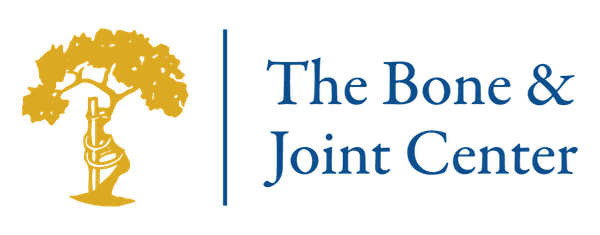Kienbock's Disease (Wrist)
Introduction
Kienbock’s disease is a progressive condition that affects the lunate bone in the wrist. It occurs when there is a disruption of the blood supply to the lunate bone. Without a proper blood supply, the lunate bone decays and dies. Kienbock’s disease can eventually affect the structure and function of the wrist. Kienbock’s disease is treated with immobilization, anti-inflammatory and pain medications, and surgery.
Anatomy
Causes
Symptoms
Diagnosis
Treatment
Surgery
Recovery

Copyright © - iHealthSpot Interactive - www.iHealthSpot.com
This information is intended for educational and informational purposes only. It should not be used in place of an individual consultation or examination or replace the advice of your health care professional and should not be relied upon to determine diagnosis or course of treatment.
The iHealthSpot patient education library was written collaboratively by the iHealthSpot editorial team which includes Senior Medical Authors Dr. Mary Car-Blanchard, OTD/OTR/L and Valerie K. Clark, and the following editorial advisors: Steve Meadows, MD, Ernie F. Soto, DDS, Ronald J. Glatzer, MD, Jonathan Rosenberg, MD, Christopher M. Nolte, MD, David Applebaum, MD, Jonathan M. Tarrash, MD, and Paula Soto, RN/BSN. This content complies with the HONcode standard for trustworthy health information. The library commenced development on September 1, 2005 with the latest update/addition on February 16, 2022. For information on iHealthSpot’s other services including medical website design, visit www.iHealthSpot.com.

